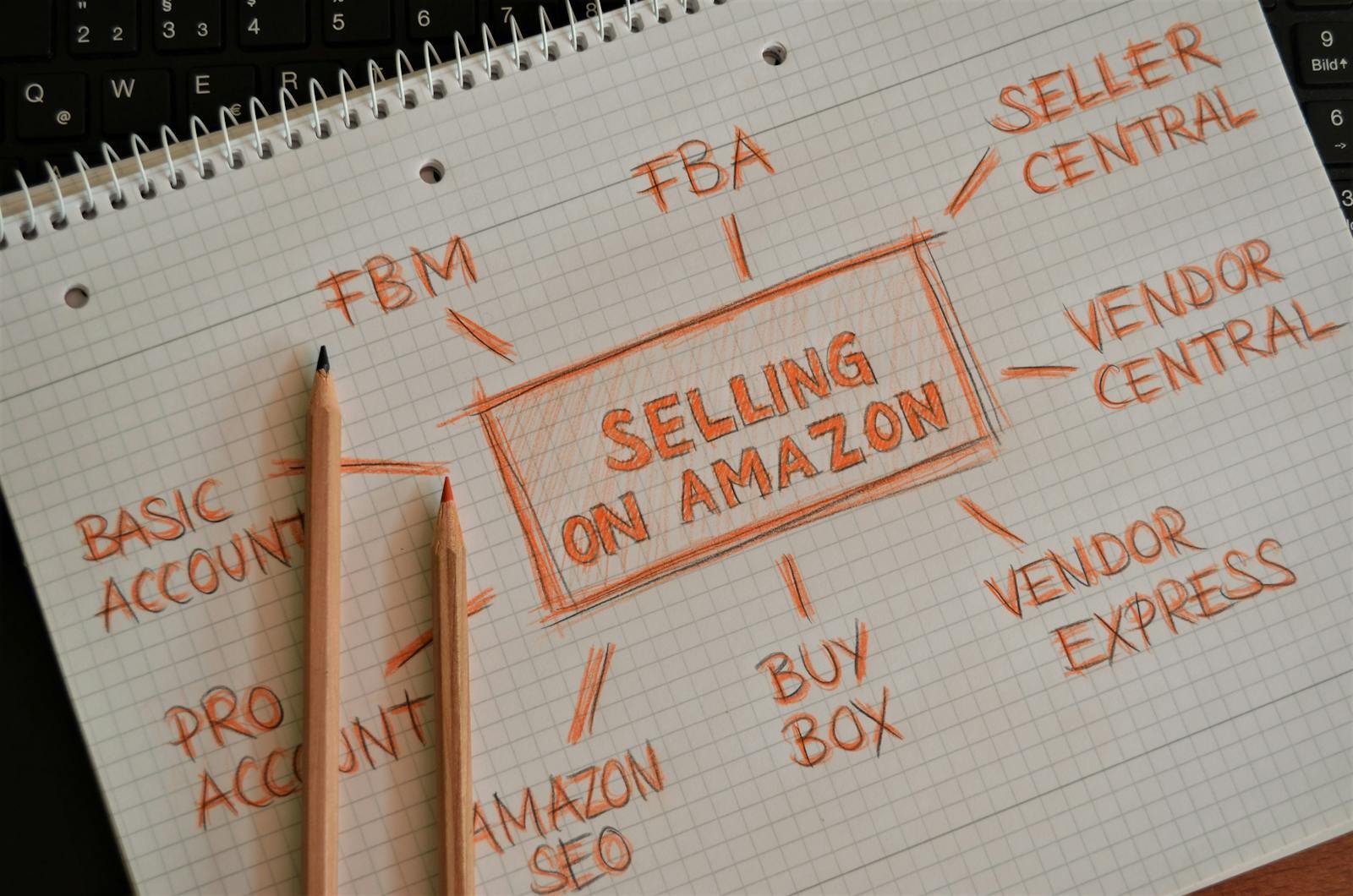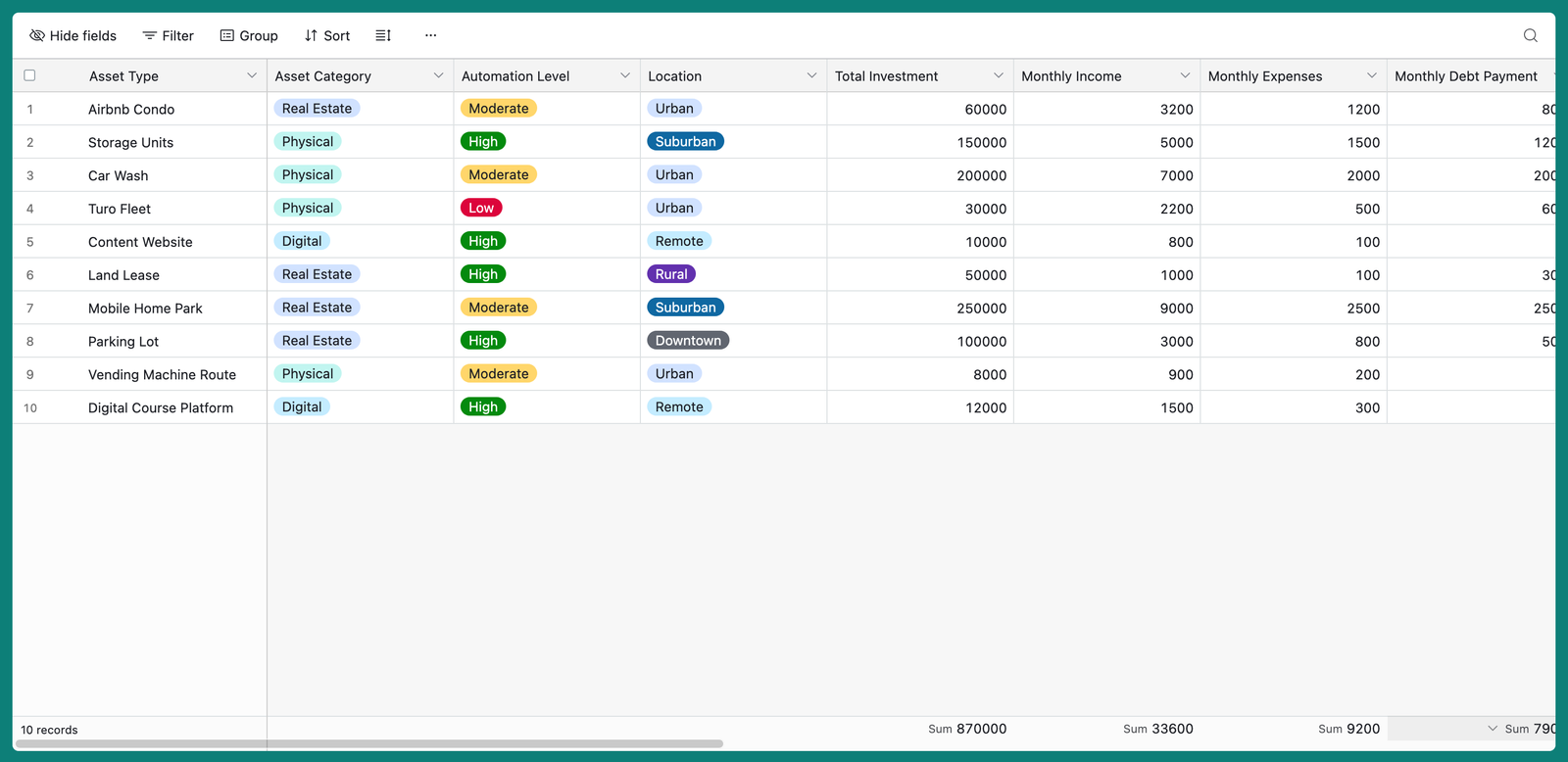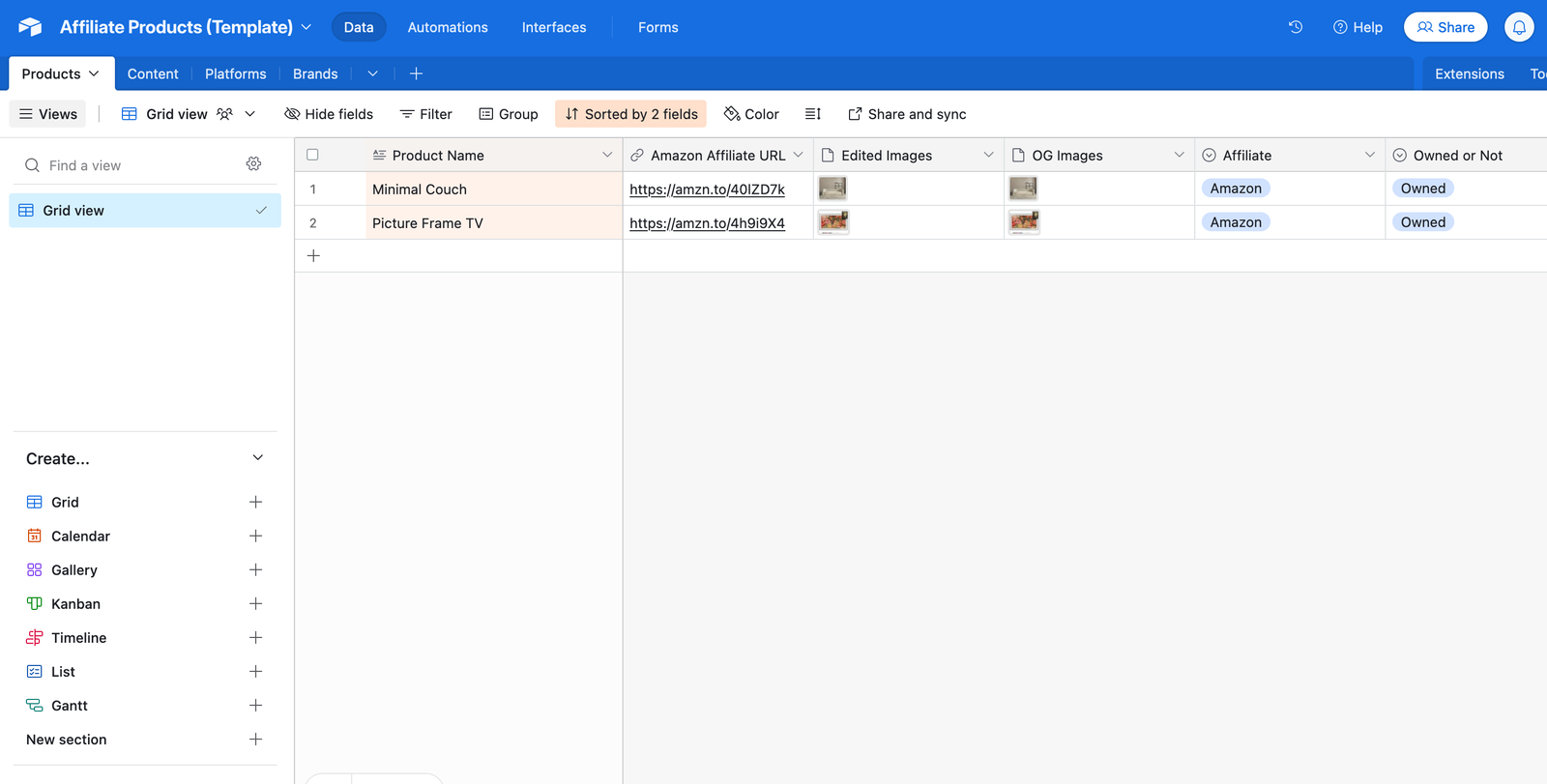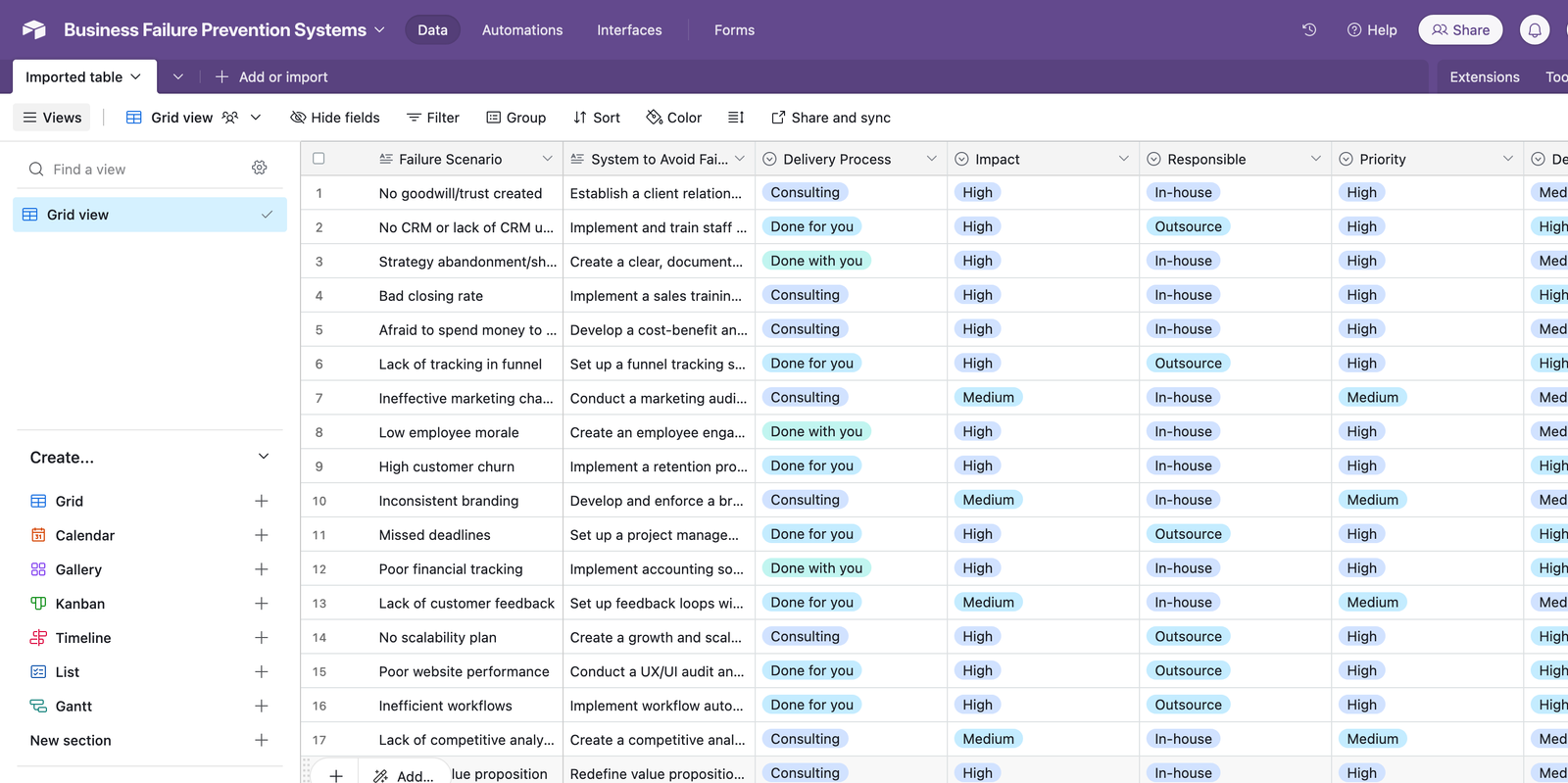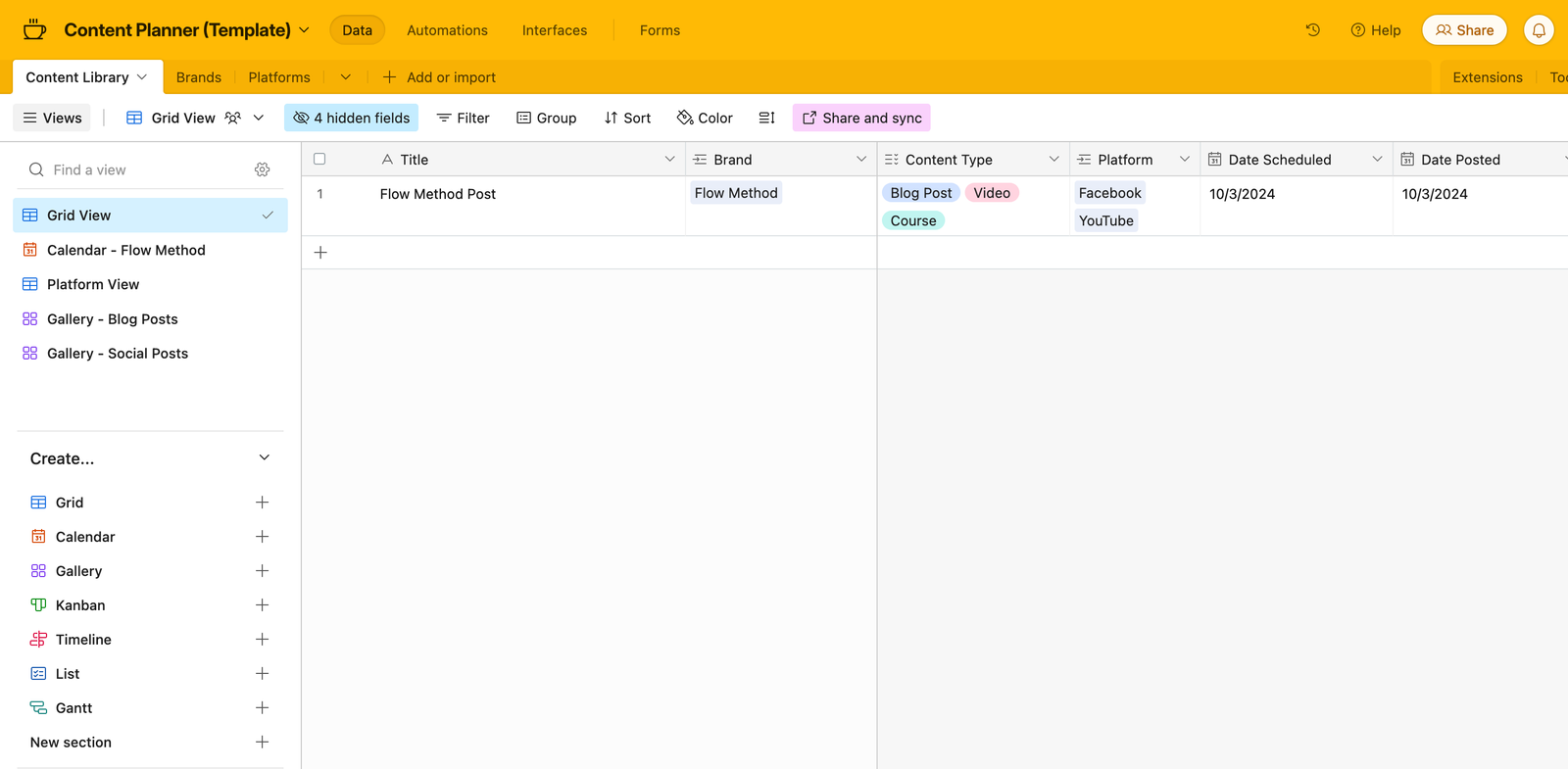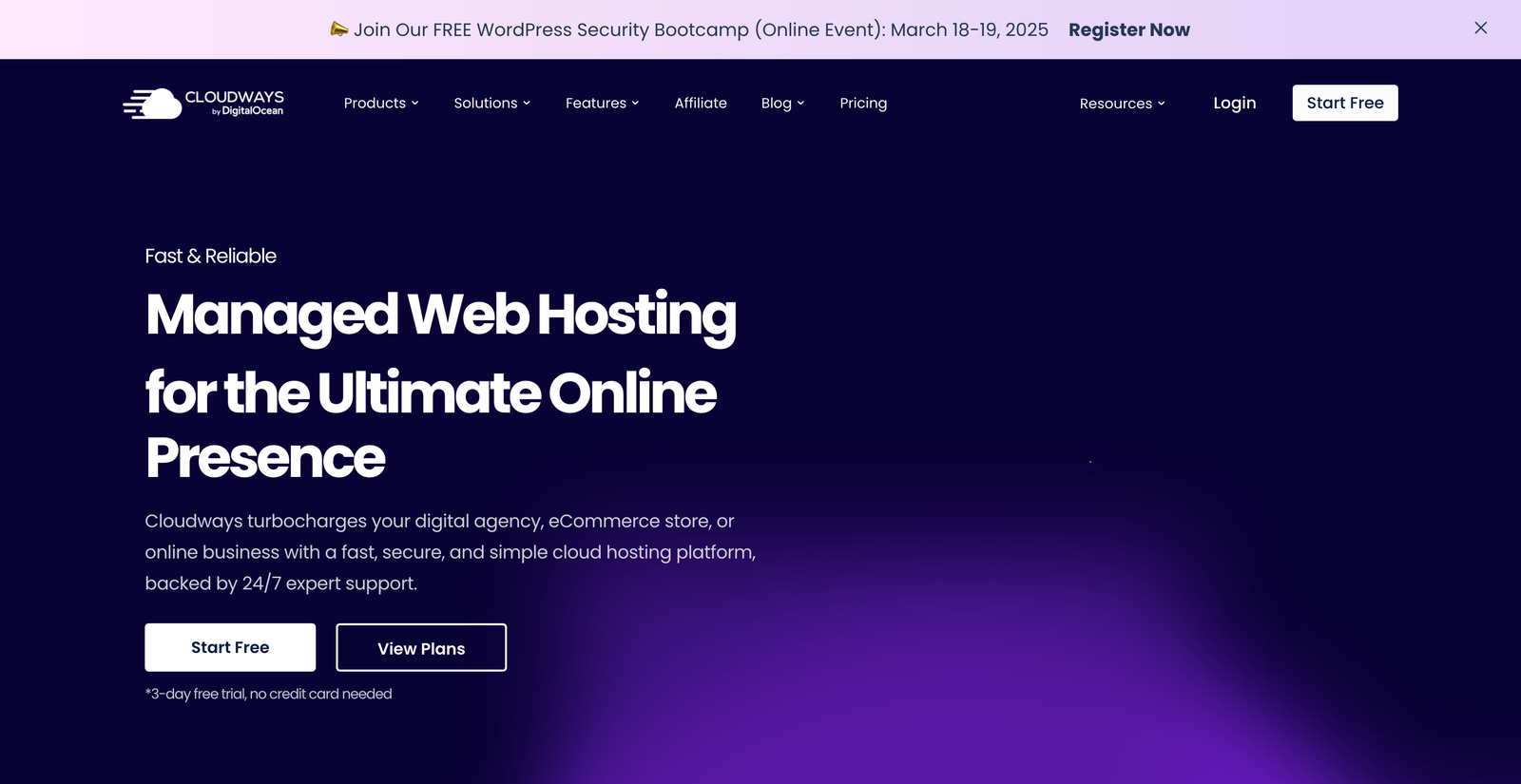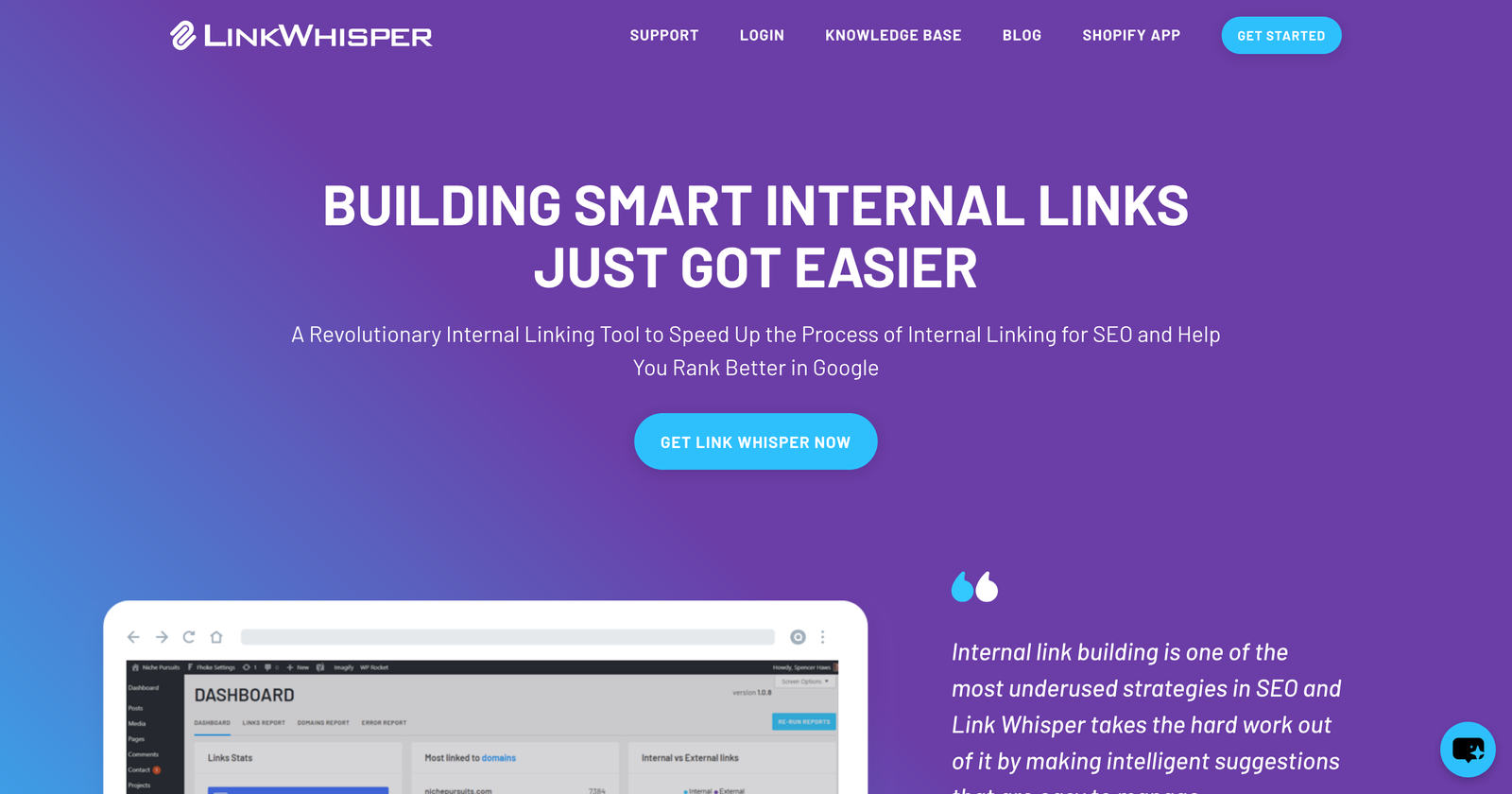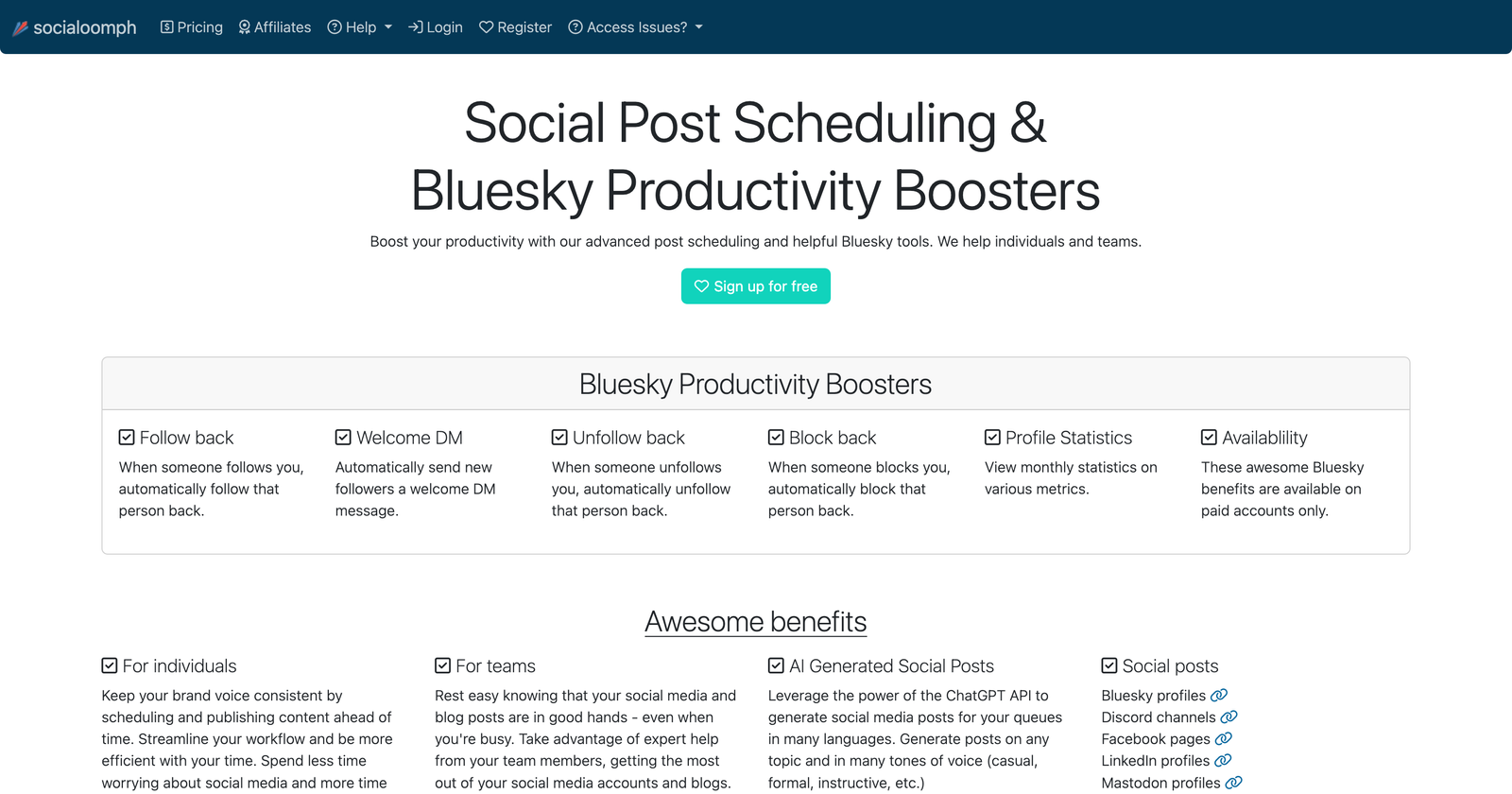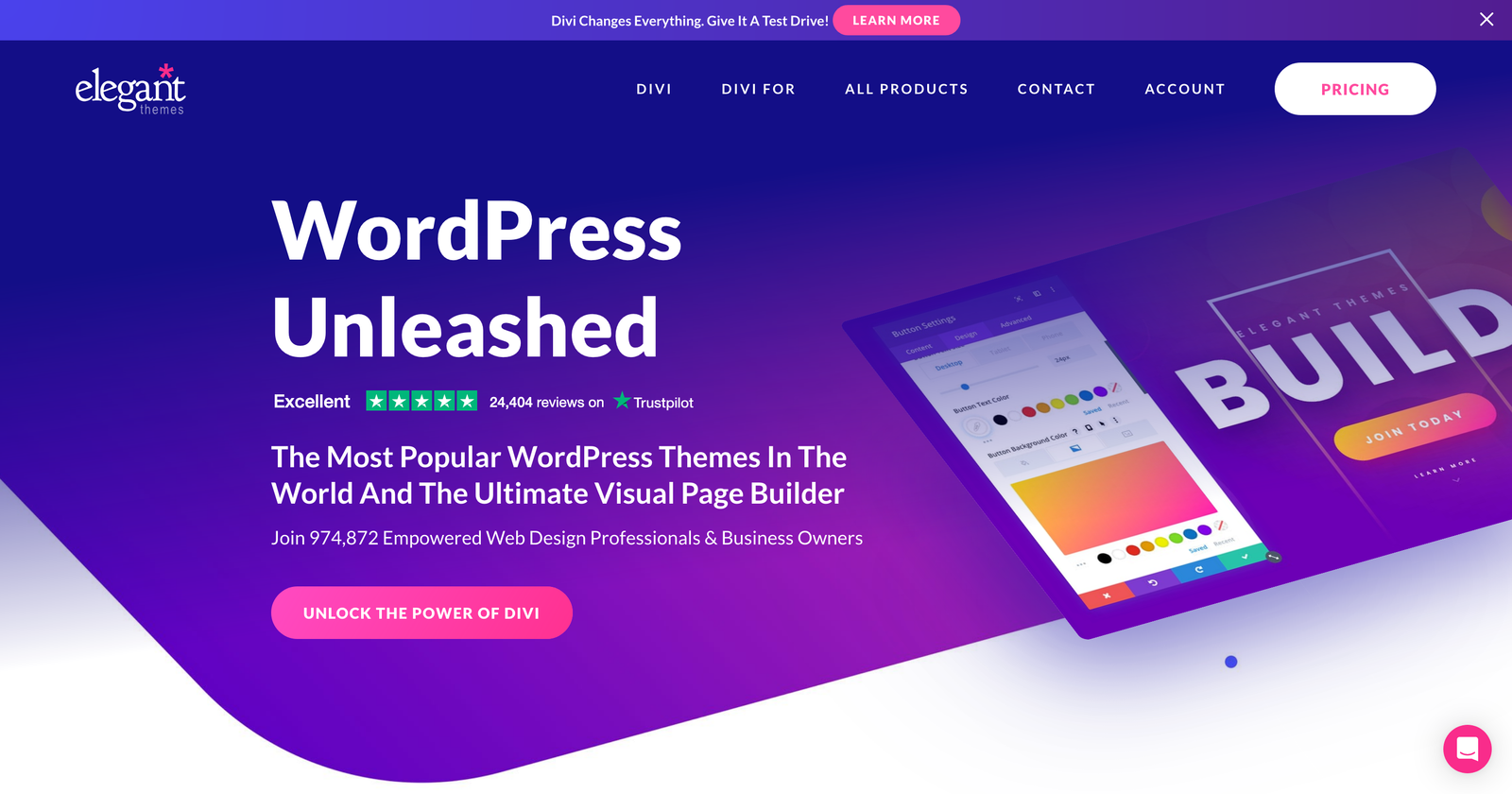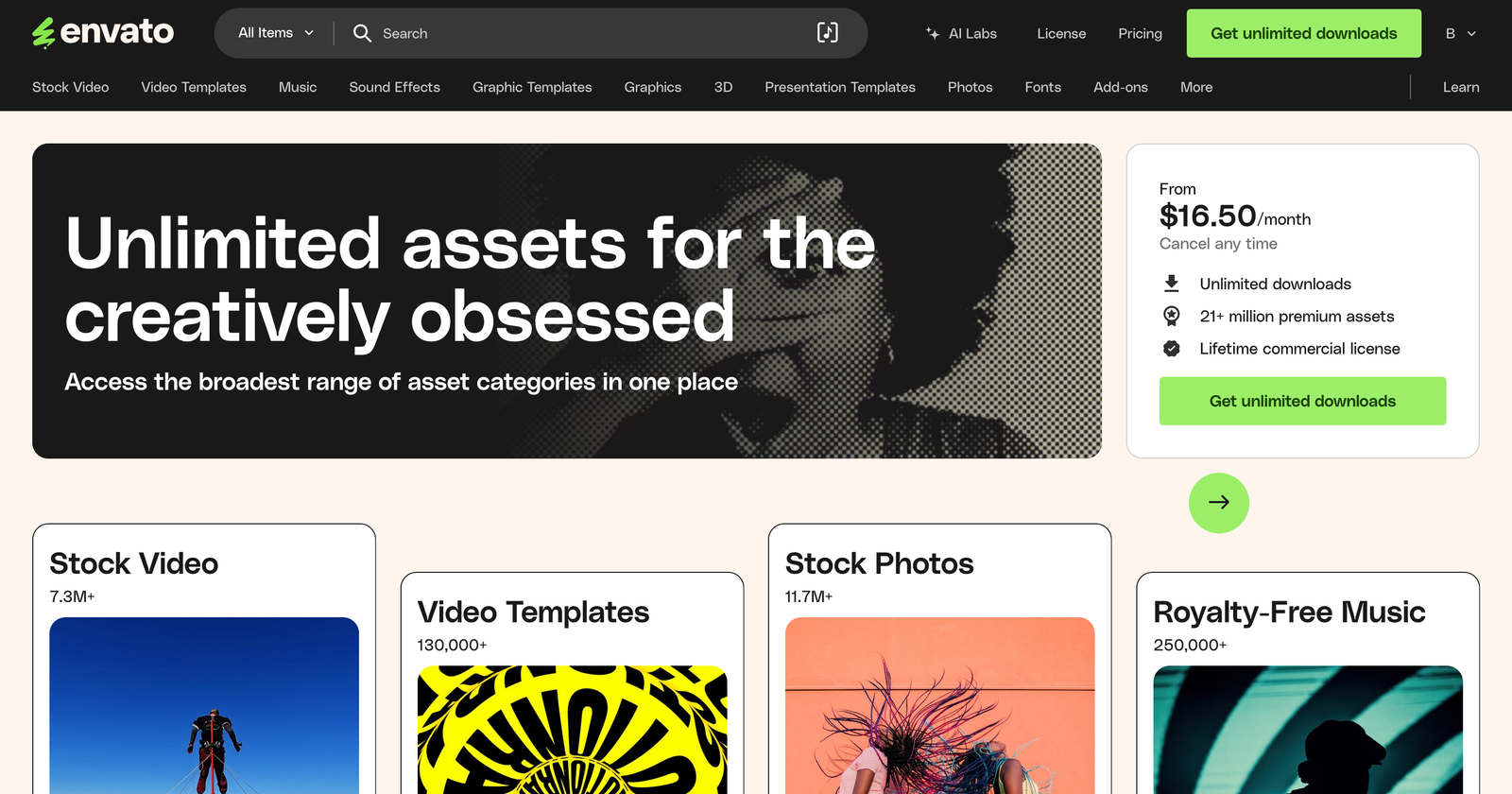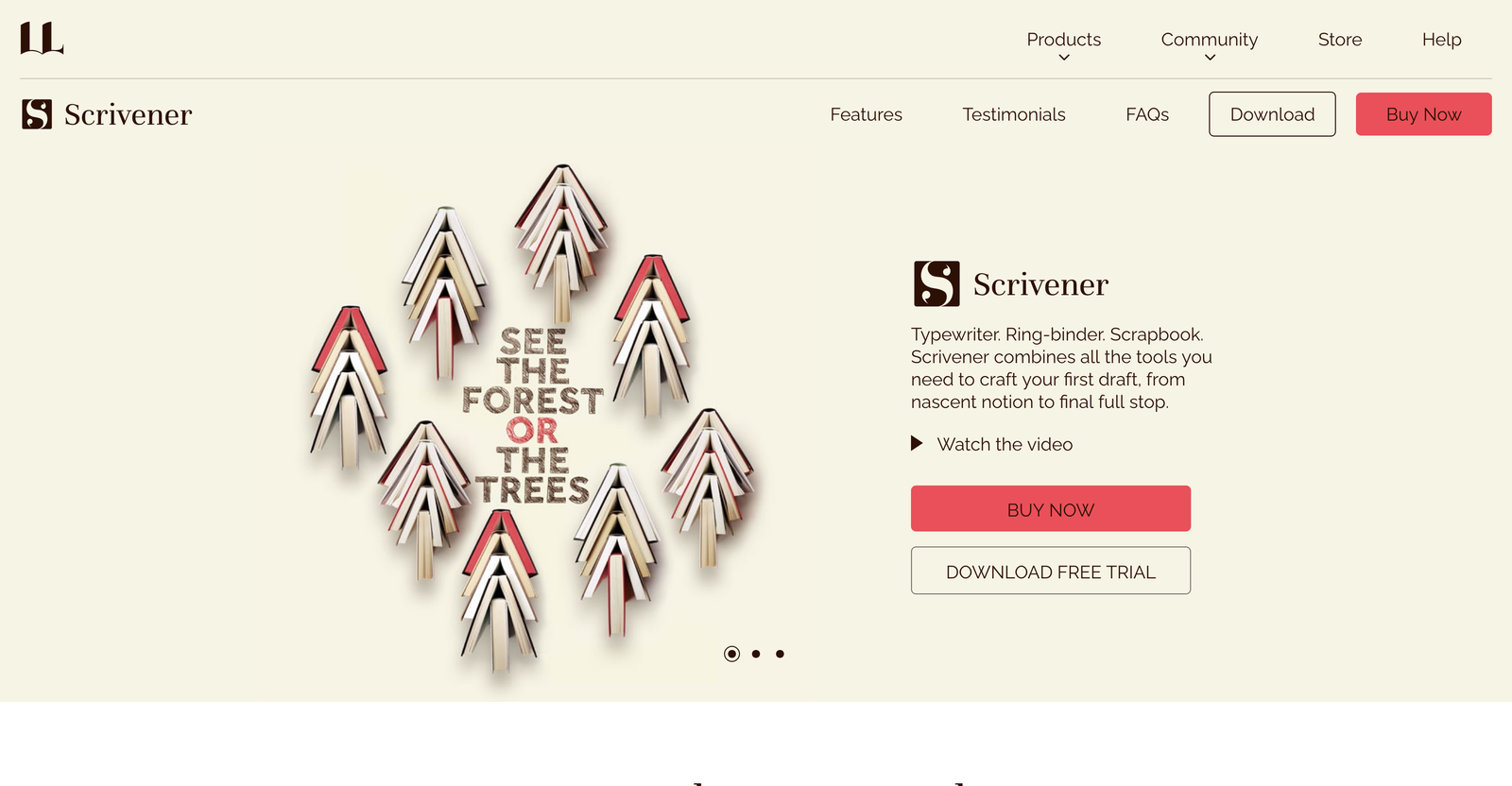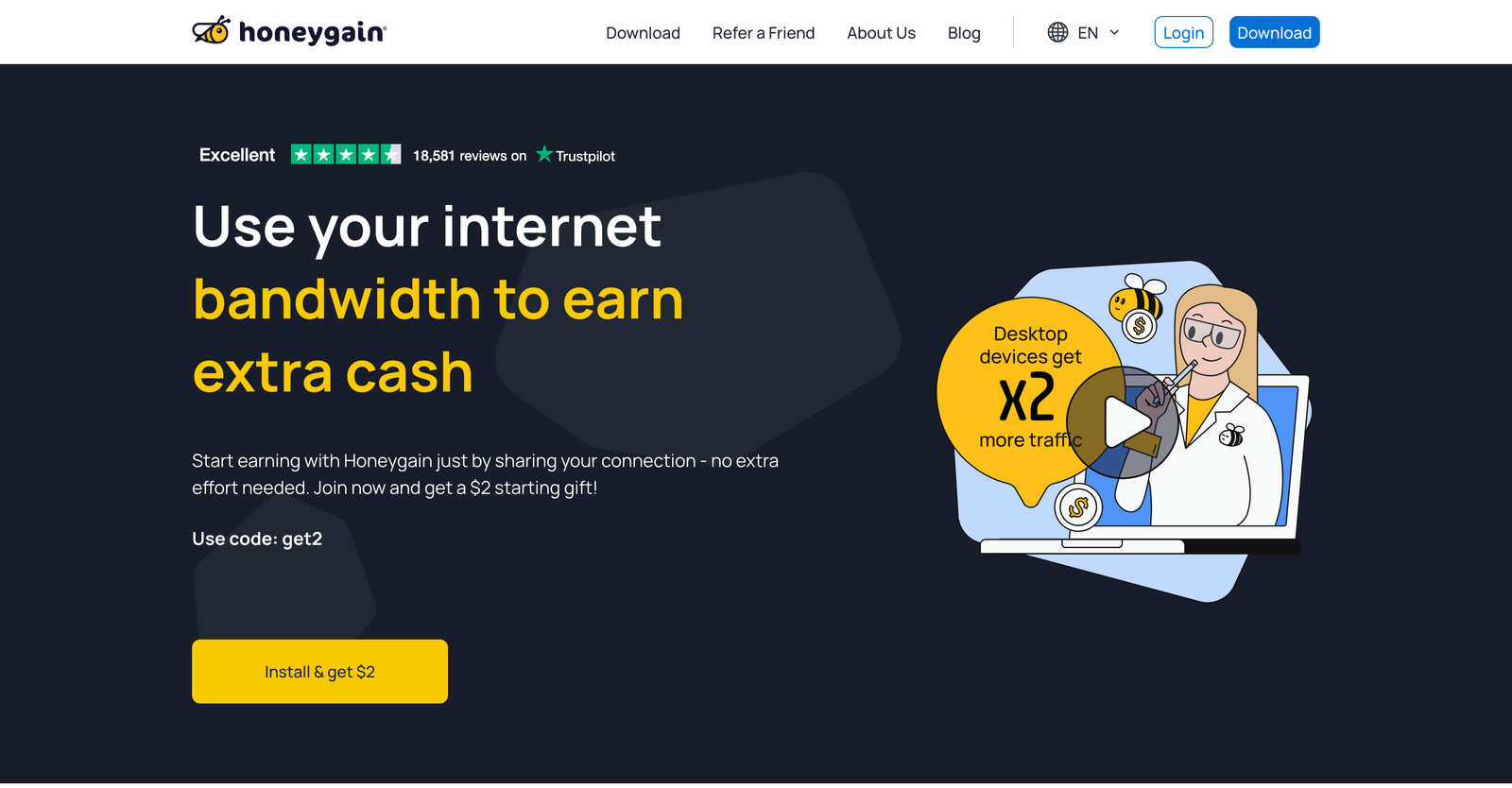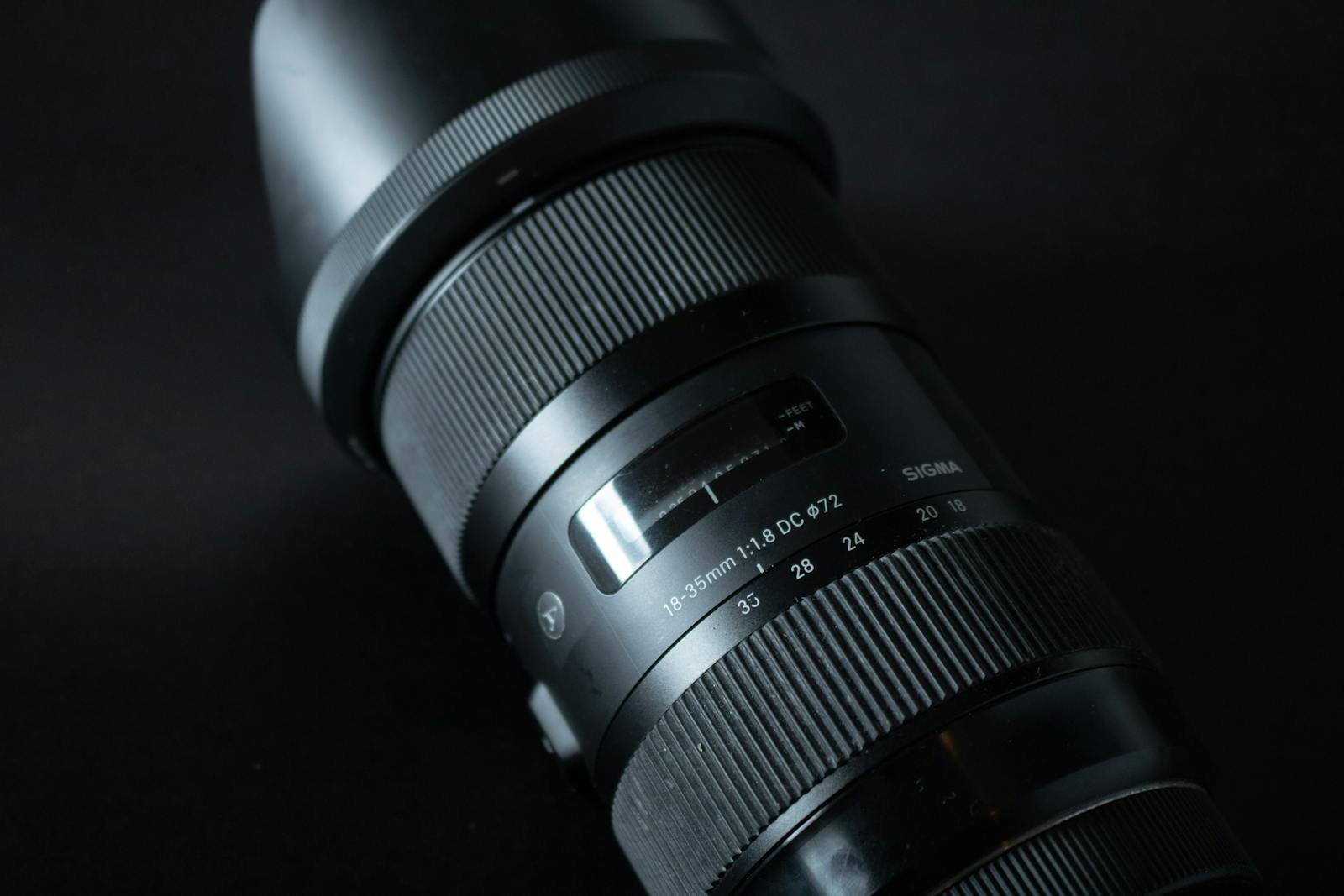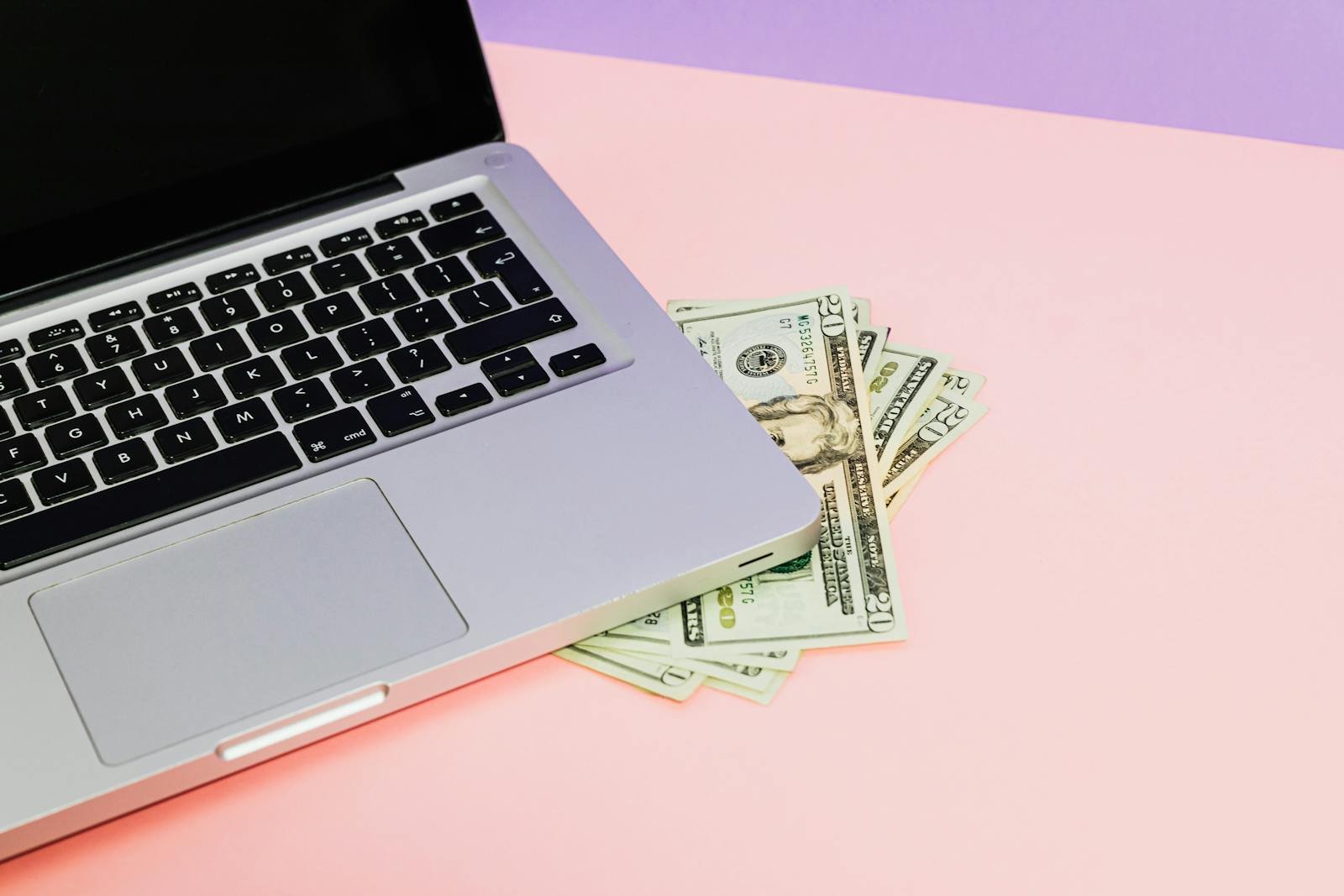Amazon FBA Business Insights
Build a product brand
and let Amazon handle the rest
Launch your own physical product brand and use Amazon’s warehouse and customer service infrastructure to fulfill orders, giving you the ability to scale without holding inventory.
Amazon FBA Business Insights
Build a product brand
and let Amazon handle the rest
Launch your own physical product brand and use Amazon’s warehouse and customer service infrastructure to fulfill orders, giving you the ability to scale without holding inventory.
Amazon FBA Business Insights
🏆 Overall Business Viability Score
💰 Profitability Score
🚀 Scalability Score
⏳ Time to Profitability Score
💸 Startup Cost Score
🛠️ Operational Complexity Score
📢 Marketing & Customer Acquisition Score
🤖 Automation & Passive Income Score
📈 Market Demand Score
⚠️ Competition Level Score
🌱 Sustainability & Longevity Score
📊 Revenue Stability Score
🏗️ Barrier to Entry Score
🎯 Target Market Size Score
🔧 Skill & Experience Requirement Score
📍 Location Flexibility Score
💼 Legal & Compliance Complexity Score
🔥 Economic Resilience Score
🔄 Recession Proof Score
🏁 Exit Strategy Score
Business Idea Overview:
Amazon FBA (Fulfillment by Amazon) allows entrepreneurs to sell products through Amazon’s platform while leveraging their vast logistics network. You source or create your own products, send them to Amazon’s warehouses, and they handle the rest — storage, shipping, returns, and even customer service. This makes it a semi-passive business model that benefits from Amazon’s massive traffic and infrastructure. With the right strategy, FBA can turn into a highly profitable eCommerce business.
📊 Earning Potential
-
Realistic Range: $1,000–$20,000/month within 12–24 months
-
Top Sellers: $100K+/month
-
Profit margins typically range between 15% to 30%, depending on product cost, competition, and fees.
⚠️ Earnings Disclaimer: Actual earnings vary based on niche, strategy, and execution. There is no guarantee of success, and results depend on effort, market conditions, and business management.
🛠️ Best Platforms & Tools
-
Product Research: Jungle Scout, Helium 10, AMZScout
-
Listing Optimization: Canva, CopyMonkey, PickFu
-
Analytics & PPC: Sellerboard, Amazon Seller Central, ZonGuru
-
Sourcing: Alibaba, SourcinBox
-
Inventory & Logistics: ShipBob, SoStocked
⚠️ Biggest Challenge
Launching the wrong product — poor demand, high competition, or low margins can kill profitability. Product validation is critical.
💸 Startup Costs & Investment
Minimum Budget: $2,500–$5,000
-
Product Samples & Inventory: $1,000–$3,000
-
Branding, Packaging, Photography: $500+
-
Ads & Launch Budget: $1,000+
-
Tools & Subscriptions: $200–$500/month
📢 Customer Acquisition Strategy
-
Amazon SEO (keyword-rich listings)
-
Sponsored Ads (PPC campaigns within Amazon)
-
Influencer marketing & unboxing videos
-
Collecting reviews early using tools like Vine or Helium 10 Follow-Up
-
Leveraging external traffic (TikTok, YouTube, Instagram)
📈 Ideal Business Model
-
One-Time Sales with potential for repeat purchases (if consumable)
-
Brand-building opens the door to high-ticket bundles or DTC expansion
⏳ Time to Profitability
-
Average: 4–9 months after product launch
-
Break-even depends on marketing spend and restocking cycles
🚀 Key to Scaling
-
Launch multiple complementary products
-
Optimize listings and PPC campaigns
-
Use Amazon Brand Registry
-
Expand to other marketplaces (Walmart, Etsy, Shopify)
-
Outsource operations (VA, agency, or automation tools)
🤖 Automation & Passive Income Potential
-
High automation: Amazon handles fulfillment, customer service, and storage
-
Use VA or software for:
-
Inventory forecasting
-
Reordering
-
Keyword optimization
-
Review requests
-
View Automation Tools
🏁 Exit Strategy
-
Sell your Amazon FBA brand through platforms like Empire Flippers, Flippa, Quiet Light, or Thrasio
-
Brands can sell for 2x–5x annual profit
🌱 Sustainability & Longevity
✅ Long-term model with high potential if built around niche authority or unique product branding
⚠️ Risk exists in relying solely on Amazon — diversification is key.
🔄 Market Trends & Demand
-
Upward trend in online shopping, private label brands, and niche eCommerce
-
Amazon’s dominance and expansion into new markets keeps demand strong
-
Trends: Eco-friendly products, wellness items, remote work accessories
🆚 Competition Level
-
High competition, but low-barrier niches still exist
-
Differentiate with:
-
Premium branding
-
Storytelling
-
Bundles
-
Custom features
-
Sign up for SEO Flow and start your keyword research today. SEOFlow.app
📍 Location Flexibility
-
Fully remote-friendly — manage from anywhere
-
Just need internet, tools, and supplier communication
Visit NomadWave’s Digital Nomad Community
🎯 Ideal Target Audience
-
Amazon shoppers searching for:
-
Convenience
-
Prime delivery
-
Specific solutions (niche markets win)
-
-
You can also build loyalty through inserts, QR codes, and email opt-ins
🏗️ Operational Complexity
-
Medium to high (initially) — managing suppliers, inventory, listings, PPC
-
Becomes easier over time with systems and automation
🔧 Required Skills & Experience
-
No prior experience needed
-
Helpful skills:
-
Research & analysis
-
Digital marketing
-
Supply chain basics
-
Customer service
-
-
Many learn via YouTube, Udemy, or coaching programs
💼 Legal & Compliance Considerations
-
LLC or business license recommended
-
Product liability insurance (especially for health, kids, or electronics)
-
Must follow Amazon’s strict product listing policies
-
Safety testing required for some categories (toys, supplements)
📊 Best Monetization Strategies
-
Product sales (core)
-
Bundles and upsells
-
Launch your own brand store
-
DTC via Shopify for long-term brand building
-
Use affiliate links or create niche content on social media
🔥 Recession & Economic Resilience
-
Moderately resilient depending on product type
-
Essential goods, wellness, home, DIY, and baby categories remain strong
-
Luxury or novelty products may slow during downturns
💰 Earning Potential – Amazon FBA Business
The earning potential of an Amazon FBA business ranges widely — from a few hundred dollars a month in side income to multi-million-dollar empires. How much you earn depends on product selection, marketing strategy, operational efficiency, and brand building.
🧮 What You Can Realistically Expect
-
First 3–6 months: Expect break-even or small losses as you invest in inventory, learn the platform, and gather reviews.
-
6–12 months: Profit potential opens up once you optimize listings, dial in your PPC (pay-per-click) campaigns, and restock based on actual demand.
-
Year 1–2: Many sellers hit $3,000–$10,000/month in profit with one to three well-performing products.
-
Top 10% of sellers: Reach $100,000+/month in revenue with strategic branding and product expansion.
📊 Average Numbers (Based on Seller Data)
| Seller Tier | Monthly Revenue | Monthly Profit | Notes |
|---|---|---|---|
| Beginner | $1,000–$5,000 | $200–$1,500 | One product, learning phase |
| Intermediate | $5,000–$25,000 | $1,500–$7,500 | Multiple products, basic brand building |
| Advanced | $25,000–$100,000+ | $10,000–$30,000+ | Branded storefront, paid traffic mastery |
-
Profit Margins: Typically 15–30% after Amazon fees, ads, product cost, and shipping.
-
Payouts: Bi-weekly via Amazon Seller Central.
🧠 Why Earning Potential Is So Strong
-
Amazon’s built-in traffic and trust helps new sellers gain traction faster than standalone eCommerce sites.
-
With proper niche selection and high-quality listings, even low-volume sellers can profit from low-competition, evergreen products.
-
Once you’re profitable, reinvesting into more inventory or product lines compounds your growth.
🚀 Pro Tip:
Build a branded product line instead of random one-off products — this increases lifetime customer value, improves brand equity, and boosts your chances of an eventual high-ticket exit.
⚠️ Earnings Disclaimer: Actual earnings vary based on niche, strategy, and execution. There is no guarantee of success, and results depend on effort, market conditions, and business management.
📈 Ideal Business Models for Amazon FBA Success
The beauty of Amazon FBA is its flexibility—you can approach it with different business models depending on your goals, resources, and long-term vision. Below are the best business models within the FBA ecosystem, each with its own pros, cons, and income potential.
🔹 1. Private Label (Best for Branding & Exit Strategy)
What it is: You create and sell your own branded version of an existing product, usually sourced from manufacturers (e.g., via Alibaba), and differentiate with packaging, features, or bundle value.
-
✅ High margins (15–40%)
-
✅ Scalable and sellable brand
-
✅ Full control over branding, pricing, and reviews
-
❌ Requires upfront investment and product research
Best For: Entrepreneurs focused on building long-term assets and possibly selling the brand later.
🔹 2. Wholesale (Fastest Path to Revenue)
What it is: You buy brand-name products in bulk at wholesale prices and resell them on Amazon.
-
✅ Lower product research risk
-
✅ Easier approval in some categories
-
✅ Faster to get started
-
❌ Lower margins (10–20%)
-
❌ Less control over branding and pricing
Best For: Sellers with capital who want quick turnaround and don’t want to develop their own brand initially.
🔹 3. Retail Arbitrage (Low Risk, Low Cost Entry)
What it is: You buy discounted products in retail stores (like Walmart or Target) and resell them on Amazon for a profit.
-
✅ Very low startup cost
-
✅ Quick cash flow potential
-
✅ Great for learning the Amazon system
-
❌ Time-intensive, not scalable long-term
-
❌ Inventory not consistent
Best For: Beginners who want to learn by doing and start with little upfront investment.
🔹 4. Online Arbitrage (Scalable Version of Retail Arbitrage)
What it is: Same concept as retail arbitrage, but sourcing is done online from websites like Walmart.com, Target.com, etc.
-
✅ Can be done 100% remotely
-
✅ Less physical work
-
❌ Still hard to scale into a passive business
-
❌ Risk of listing restrictions or product bans
Best For: Remote sellers or side hustlers testing the Amazon waters before diving into private label or wholesale.
🔹 5. Dropshipping (Not Recommended for FBA)
What it is: You list products on Amazon and ship them directly from a supplier when an order is placed.
-
❌ Amazon heavily limits and scrutinizes dropshipping on its platform
-
❌ High risk of account suspension
-
✅ Better suited for Shopify or other platforms outside Amazon
Best For: Avoid unless you’re dropshipping to your own warehouse and fulfilling via FBA — which technically becomes private labeling or wholesale.
🔹 6. Bundling Products (Smart Niche Strategy)
What it is: Combine multiple complementary items into a unique value bundle that solves a specific problem.
-
✅ Great for avoiding direct competition
-
✅ Higher perceived value
-
✅ Less risk of price wars
-
❌ Requires creativity and upfront bundling cost
Best For: Niche sellers looking to stand out in competitive markets.
🔹 7. Subscription Boxes (Recurring Revenue Potential)
What it is: While rare on Amazon itself, FBA can be used to fulfill monthly or quarterly product bundles for a brand that also sells through its own site.
-
✅ Builds recurring income
-
✅ Deepens customer relationships
-
❌ More complex logistics
-
❌ Requires off-Amazon marketing strategy
Best For: Advanced sellers creating a brand community or building beyond Amazon.
🧠 Pro Tip: Combine Models
Many successful sellers start with wholesale or arbitrage to build capital and experience, then transition to private label or bundles for long-term scalability and exits.
⭐ Best Model Overall: Private Label
If you want:
-
Long-term success
-
Brand ownership
-
Passive income potential
-
High resale value
👉 Then private labeling with FBA is the model to build on.
Get JotPro, the intuitive AI writing tool with over 50 templates, and countless features like Speech-to-Text and Text-to-Speech. Sign Up Free
🎯 Conversion Tactics – How to Turn Clicks into Customers on Amazon FBA (2025 Edition)
Getting traffic to your Amazon listing is just step one. The real money is made when that traffic converts into a sale. In today’s competitive landscape, conversion optimization is your competitive edge — and the good news? Most sellers still overlook it.
Here’s how to optimize every inch of your listing to increase conversions and boost your bottom line.
🖼️ 1. Magnetic Product Images (Visuals That Sell)
Amazon is a scroll-first marketplace. Your main image should stop the scroll, and your gallery should tell a story that builds trust and excitement.
✅ Modern Best Practices:
-
Crystal-clear main image with standout angle or feature
-
Lifestyle imagery that sparks emotion or aspiration
-
Use real human interaction — no sterile mockups
-
Infographics with clear, scannable benefits
-
Comparison tables and value stack visuals
🛠 Tools (2025):
-
Canva – Now supports smart background cleanup and 3D overlays
✍️ 2. SEO-Optimized, Emotionally Persuasive Copy
Your listing copy should balance keyword optimization (for Amazon’s algorithm) with conversion psychology (for human buyers).
✅ Conversion Copy Formula (2025):
-
Title: Keyword-rich and solution-based
-
Bullets: Start each bullet with a bold benefit (CAPS), then explain with details
-
Description: Use storytelling and formatting to increase engagement
-
Backend keywords: Use real-time search trends from AI tools
🛠 Tools:
-
ChatGPT + SEO Flow – Use AI to generate keyword-rich, human-friendly bullet points
-
JotPro – Craft long-form listings with brand voice, tone, and pain-solution structure
💸 3. Price Positioning & Perceived Value
Price is no longer just about cost — it’s about value perception. Even if you’re priced higher, you can convert better with smart positioning.
✅ Tactics for 2025:
-
Bundle your product with digital downloads (manuals, checklists, tutorials)
-
Show cost-per-use or real-world savings in your images
-
Use Tiered Pricing through variations (Starter, Plus, Pro)
-
Offer limited-time auto-apply coupons
🌟 4. A+ Content That Converts
If you’re brand registered, you have access to A+ Content, which lets you transform your description into visually engaging content blocks.
✅ 2025 Tactics:
-
Add full-width banner images with benefit-led headlines
-
Use brand story modules to build emotional connection
-
Include a mini tutorial or step-by-step usage section
-
Use before/after or problem/solution visuals
💬 5. Social Proof: Reviews & Ratings Strategy
In 2025, Amazon heavily favors listings with fresh, relevant, and visual reviews — especially video testimonials and real photos.
✅ How to build trust faster:
-
Use Amazon Vine for early reviews (for brand-registered sellers)
-
Send customers to a review landing page after purchase via QR code
-
Encourage video reviews with post-purchase thank-you gifts
-
Use inserts to turn happy customers into raving reviewers
⚙️ 6. Conversion-Friendly Listing Structure (CRO Framework)
✅ Checklist for 2025:
-
Title: Clear, keyword-rich, and problem-solving
-
Bullets: Bolded benefits + clear, benefit-driven details
-
Images: Lifestyle, comparison, value-focused
-
Video: Explainer or demo (90 seconds or less)
-
A+ Content: Scroll-stopping design with emotional hooks
-
FAQs & Q&A: Address objections directly and update monthly
🧲 7. Create Trust, Scarcity & Urgency
FOMO is still one of the most powerful triggers for buying.
✅ Proven tactics:
-
“Only X left in stock” badges (when true)
-
Use auto-applied coupons with deadlines
-
Add a line in bullet points like: “💡 Limited Batch – Not Always in Stock!”
-
Flash sales and Lightning Deals (strategically timed)
📈 Final Word on Conversions
Amazon rewards products that convert well, so every effort you make to optimize your listing not only drives more sales, but also boosts your ranking in search results.
Think of your listing like a funnel:
-
Image grabs attention
-
Title earns the click
-
Bullets confirm value
-
A+ Content builds desire
-
Reviews seal the deal
-
Pricing & urgency trigger the buy now
💎 Most Profitable Niches for Amazon FBA
Tap into buyer demand + low competition + high margins = long-term FBA success.
🍼 1. Baby Products
Parents don’t cut corners when it comes to their kids — and they often become repeat customers.
✅ Why It’s Profitable:
-
High trust factor = higher prices accepted
-
Constant demand regardless of economy
-
Easily bundled (kits, travel sets, etc.)
💡 Best Ideas:
-
Organic baby skincare
-
Montessori-style toys
-
Diaper bag organizers
-
Stroller accessories
🏋️ 2. Health, Fitness & Wellness
The wellness boom shows no signs of slowing down — this space is evolving with premium, at-home, and natural product trends.
✅ Why It’s Profitable:
-
High-margin items
-
Emotional buying behavior
-
Works well with branding & influencer marketing
💡 Best Ideas:
-
Resistance bands with app integration
-
Massage balls or recovery tools
-
Health tracking journals (tie into KDP too)
-
Home gym accessories (not heavy equipment)
🏠 3. Home & Kitchen Essentials
People want their homes to be clean, aesthetic, and functional — and this niche benefits from visuals + practicality.
✅ Why It’s Profitable:
-
Bundles well
-
Visual appeal makes it perfect for Amazon images & A+ content
-
Great for repeat purchases
💡 Best Ideas:
-
Drawer organizers, spice racks, under-sink storage
-
Minimalist kitchen gadgets
-
Eco-friendly cleaning tools
-
Modular pantry systems
💅 4. Beauty & Personal Care
With the rise of self-care and content creators reviewing products, this niche thrives off UGC (user-generated content) and brand loyalty.
✅ Why It’s Profitable:
-
High perceived value
-
Small, light, and cheap to ship
-
Works well with influencer outreach
💡 Best Ideas:
-
Facial massage tools (gua sha, jade rollers)
-
At-home spa kits
-
Beard grooming bundles
-
Organic skincare or serums
🐶 5. Pet Products
Pet owners treat their pets like family — and they’re happy to spend on comfort, safety, and fun.
✅ Why It’s Profitable:
-
Huge emotional connection = high LTV
-
Massive community/UGC opportunity
-
Endless innovation potential
💡 Best Ideas:
-
Travel gear for pets (seat covers, carriers)
-
Enrichment toys
-
Grooming tools
-
Pet health trackers or organizers
💻 6. Work-From-Home & Tech Accessories
Remote work is no longer a trend — it’s a lifestyle. Products that improve focus, comfort, or productivity are in high demand.
✅ Why It’s Profitable:
-
Growing demand
-
Pairs well with “Amazon’s Choice” positioning
-
High upsell potential
💡 Best Ideas:
-
Ergonomic footrests or wrist supports
-
Webcam lighting kits
-
Minimalist cable organizers
-
Sit-stand desk add-ons
🌿 7. Eco-Friendly Living
Consumers are increasingly driven by values — and sustainability sells. This niche also supports storytelling, branding, and higher pricing.
✅ Why It’s Profitable:
-
Mission-based brands grow faster
-
Premium pricing accepted for green products
-
Press-friendly and social media shareable
💡 Best Ideas:
-
Reusable kitchen goods (beeswax wraps, silicone bags)
-
Compostable garbage bags
-
Sustainable personal care (bamboo toothbrushes, shampoo bars)
🧳 8. Travel Accessories (Post-Pandemic Boom)
Travel is back — and smarter, more intentional than ever. Products that organize, protect, or save space are seeing massive growth.
✅ Why It’s Profitable:
-
Seasonal spikes = opportunity to scale
-
Many “small” but high-margin items
-
Works well with TikTok and influencer travel content
💡 Best Ideas:
-
Anti-theft bags or hidden pockets
-
Travel toiletry kits
-
Tech organizers for digital nomads
-
Compression packing cubes
🎓 9. Learning & Personal Development
Books, journals, educational tools — all tap into Amazon’s roots and are easy to produce, ship, and bundle.
✅ Why It’s Profitable:
-
Works across platforms (KDP, physical, audio)
-
Long-tail niche potential
-
Pairs well with YouTube & educational content
💡 Best Ideas:
-
Affirmation cards
-
Guided planners & goal trackers
-
Study tools or flashcard kits
-
Mindfulness journals
🎮 10. Hobbies & Micro-Niches
Deeply passionate audiences = high conversion rates and community-building potential.
✅ Why It’s Profitable:
-
Niche = less competition
-
High LTV and repeat purchase behavior
-
Easier to build a cult following
💡 Best Ideas:
-
Crafting kits (resin, candle making, watercolor)
-
Niche board game accessories
-
Collector item display cases
-
DIY electronics kits (soldering, Arduino)
🧠 Pro Tips for Choosing a Profitable Niche
-
Look for low competition, high demand using tools like Helium 10, Jungle Scout, or SEO Flow
-
Bundle your product with a digital version (eBook, course, journal) to increase perceived value
-
Create lifestyle branding and tap into community and content (Instagram, TikTok, YouTube)
-
Validate product demand using TikTok trends, Reddit communities, and Google Trends
⚖️ Amazon FBA vs. Other Business Models (2025 Showdown)
Which business model wins based on goals, resources, and lifestyle? Let’s break it down.
🛒 1. Amazon FBA
✅ Physical product business with Amazon handling fulfillment and logistics
| Pros | Cons |
|---|---|
| Access to millions of Prime buyers | Moderate to high startup costs |
| Passive fulfillment via Amazon | Fierce competition in many niches |
| Scalable into a sellable brand | Learning curve with sourcing, PPC, and logistics |
| Builds brand equity | Amazon policy changes can affect your listing |
💻 2. Digital Products (Courses, Templates, Notion Packs, PDFs)
✅ Create once, sell forever. No shipping, no inventory.
| Pros | Cons |
|---|---|
| Low to zero cost to create | Requires trust-building and branding |
| Instant global delivery | Piracy risk |
| High margins (90%+) | Needs consistent content marketing |
| Fully automated with platforms like Gumroad or Flobase | Conversion rates can be low without audience |
Best For: Creators, coaches, educators, systems builders
🧠 3. Affiliate Marketing / Amazon Associates
✅ Promote others’ products and earn commissions.
| Pros | Cons |
|---|---|
| No product creation or inventory | You don’t control the product or customer list |
| Works well with blogs, YouTube, TikTok | Requires consistent traffic |
| Super low startup costs | Lower commissions unless niche is premium |
| Passive potential via SEO or evergreen content | Can be seasonal or inconsistent early on |
Best For: Bloggers, influencers, content creators, SEO experts
📦 4. Dropshipping
✅ Sell physical products without holding inventory — supplier ships directly to customer.
| Pros | Cons |
|---|---|
| Easy to test products | Thin profit margins (15–25%) |
| Quick to launch using Shopify + apps | Slower shipping = customer issues |
| Doesn’t require inventory up front | Oversaturated with poor branding |
| Great for testing niche interest | Little brand equity without private label shift |
Best For: Hustlers, marketers, early-stage entrepreneurs
📝 5. KDP (Kindle Direct Publishing – eBooks & Low Content Books)
✅ Publish digital or paperback books and earn royalties on autopilot.
| Pros | Cons |
|---|---|
| No upfront inventory costs | Lower profit per unit ($2–$7 typical) |
| Amazon handles fulfillment & customer service | Needs keyword research and content creation |
| Can be 100% passive | Competitive in many niches |
| Evergreen passive income from well-performing titles | Time-consuming upfront if writing yourself |
Best For: Writers, educators, journal/template creators
👕 6. Print-on-Demand / Merch by Amazon
✅ Sell designs on t-shirts, mugs, and more — Amazon handles fulfillment.
| Pros | Cons |
|---|---|
| No inventory or shipping needed | Very low royalties (~$1–$5 per sale) |
| 100% passive once live | Requires consistent design uploading |
| Scales well with winning designs | Very saturated space |
Best For: Designers, artists, niche brand builders
🔢 Quick Comparison Table:
| Model | Startup Cost | Profit Potential | Passive Income | Scalability | Ownership | Automation |
|---|---|---|---|---|---|---|
| Amazon FBA | 💸💸💸 | 💰💰💰💰 | ✅✅✅ | 📈📈📈📈 | ✅✅✅✅ | 🤖🤖🤖 |
| Digital Products | 💸 | 💰💰💰💰 | ✅✅✅✅✅ | 📈📈📈 | ✅✅✅✅✅ | 🤖🤖🤖🤖 |
| Affiliate Marketing | 💸 | 💰💰💰 | ✅✅✅ | 📈📈 | ❌ | 🤖🤖 |
| Dropshipping | 💸💸 | 💰💰 | ✅✅ | 📈📈 | ❌ | 🤖 |
| KDP | 💸 | 💰💰💰 | ✅✅✅✅ | 📈📈📈 | ✅✅✅ | 🤖🤖🤖 |
| Print-on-Demand | 💸 | 💰💰 | ✅✅ | 📈📈 | ❌ | 🤖🤖 |
🏆 So… Which One Is Right For You?
| If you want… | Choose… |
|---|---|
| Long-term brand building + sellable asset | Amazon FBA or Digital Products |
| Fast, low-risk startup | Affiliate Marketing or KDP |
| Creative expression + passive potential | Print-on-Demand |
| Tactical cash flow + learning the ropes | Dropshipping or Retail Arbitrage |
| Evergreen passive royalties | KDP or Digital Templates |
🎯 Verdict: Amazon FBA = High Investment, High Reward
-
It’s not the easiest or cheapest to start…
-
But it builds real brand value, works semi-passively, and can become a sellable business if done right.
Combine FBA with content, digital assets, and email list building — and you’ve got a business with both depth and defensibility.
🔮 Future Trends in Amazon FBA – What’s Next for Sellers in 2025 & Beyond
The Amazon FBA landscape is evolving faster than ever. With AI-driven shopping, eco-conscious consumers, and algorithm shifts on the rise, sellers who want to stay profitable in 2025 need to anticipate trends before they peak.
Here’s a look at the biggest future-forward trends shaping the FBA world — and how you can capitalize on them.
🤖 1. AI-Driven Product Research & Listing Optimization
AI is transforming every aspect of the FBA game — from what you sell to how you rank.
🔥 Emerging Tools:
-
AI product idea generation based on global trend prediction (SEO Flow, Helium 10 Xray AI, Jungle Scout Niche Hunter)
-
Listing copy AI tools that adapt based on real-time buyer intent (e.g. JotPro, Perci.ai)
-
PPC automation platforms using machine learning to optimize ad spend and ROI
✅ What to Do:
Adopt AI tools early and train them on your brand style, keywords, and customer feedback to generate listings that convert better and faster than manual listings.
🌱 2. Sustainable & Conscious Products Dominate
Buyers are shifting from cheap and fast to sustainable and thoughtful. The Amazon algorithm is also surfacing eco-conscious and ethical products more often.
Examples:
-
Biodegradable packaging
-
Carbon-neutral production
-
Plastic-free and reusable items
-
“Conscious choice” or “climate pledge friendly” tags
✅ What to Do:
Build a mission-driven brand with ethical sourcing, sustainable packaging, and clear storytelling. Add a sustainability section in your listing and use eco-certified tags when possible.
🧠 3. Niche Micro-Brands Beat Generic Sellers
The future of FBA isn’t mass appeal — it’s micro-niche domination. Buyers prefer brands that feel personalized, specific, and built just for them.
Trending Niches:
-
Neurodivergent-friendly planners
-
Eco-luxury travel gear
-
Fitness for busy moms
-
Skincare for specific skin types or routines
✅ What to Do:
Position your product as part of a lifestyle movement, not just a utility. Use storytelling, community, and mission to build a brand that feels like it belongs to a specific tribe.
📱 4. Mobile-First & Video-First Listings
Short-form content is everywhere — and Amazon is now prioritizing video content and mobile optimization more than ever.
Trends:
-
Mobile-first image stacks and bullet formats
-
Amazon’s new short-form video feed (“Inspire”)
-
TikTok-style demo videos on listings
✅ What to Do:
Invest in high-converting UGC-style videos, show your product in action in under 15 seconds, and format your listings to be scroll-stopping on mobile.
🛍️ 5. Amazon Is Becoming a DTC Platform
Amazon is no longer just a marketplace — it’s becoming a direct-to-consumer discovery engine.
With Brand Stores, A+ Content, and Amazon Posts, sellers can now build full-scale branded experiences inside Amazon.
✅ What to Do:
Treat your Brand Store like your homepage. Use Posts like Instagram. Embed your brand story in every content piece, and link to it with QR codes on your packaging and email flows.
🧬 6. Data-Backed Inventory + Smart Forecasting
Supply chain management is evolving. AI-based forecasting, smarter restocking tools, and Amazon’s own demand projections are helping sellers avoid stockouts and overordering.
✅ What to Do:
Adopt tools like SoStocked or InventoryLab that integrate historical data + ad trends to forecast accurately. Connect with fulfillment partners who offer hybrid warehousing for flexibility.
🌎 7. International Expansion with Localized Listings
FBA Global Expansion is growing — and Amazon is pushing sellers to expand across borders.
✅ What’s Trending:
-
Localized SEO for Canada, UK, EU, UAE, and Australia
-
Amazon’s global shipping programs
-
Multi-language product listings
✅ What to Do:
Use localized keyword research, translate listings professionally, and set up VAT and tax compliance tools to start scaling internationally.
💳 8. Hybrid Monetization: FBA + DTC + Subscriptions
More sellers are creating hybrid brands that start on Amazon, then build their own audiences and offer subscriptions, courses, digital downloads, or even physical memberships.
✅ What to Do:
Bundle your product with a digital experience:
-
A free Notion planner
-
A downloadable eBook
-
Access to a community or email flow
-
Private customer-only content
This creates recurring revenue streams, boosts LTV, and lets you monetize outside Amazon, too.
🔁 9. Brand Aggregators Want Quality Over Quantity
If you’re planning an exit, know this: brand aggregators and buyers are looking for real businesses, not just trending products.
What buyers now want:
-
Consistent year-over-year profit
-
High review-to-complaint ratio
-
DTC-ready branding
-
Diversified SKU strategy
✅ What to Do:
Build with the end in mind. Treat your Amazon business like a brand, not a side hustle. Clean up your branding, SOPs, supply chain, and customer data.
🧠 Final Thought:
The most profitable Amazon FBA sellers of the future aren’t just “Amazon sellers.” They’re brand builders, storytellers, system thinkers, and media-savvy operators who use Amazon as their engine — not their entire identity.
Want help building a simple, high-converting site to rent or scale your vehicle listings? Check out our business-ready templates at Flow & Design.
Updates on
Amazon FBA Business
Get notified on new updates with the
Amazon FBA Business ecosystem.
Sponsor
Reviews of Merch by Amazon FBA Business
https://www.gezesrkog.com/
Dear,
I hope this email finds you well. I’m excited to introduce you to Cargoholidays.com, your gateway to a unique and adventurous way of exploring the world through cargo ship travel. As a leading cargo travel agency, we specialize in creating unforgettable journeys that offer a fresh perspective on travel and adventure.
At CargoHolidays, we understand that traditional travel experiences may not be for everyone, and that’s why we offer an alternative that’s both enriching and fascinating. Our cargo ship travel services open up a world of possibilities for those seeking a truly authentic and immersive travel experience.
I invite you to explore our website at CargoHolidays Website to browse our available routes at cargoholidays.com, destinations, and testimonials from fellow adventurers who have experienced the magic of cargo ship travel with us.
If you’re ready to embark on a one-of-a-kind journey or have any questions about our services, please don’t hesitate to contact us at contact@cargoholidays.com. Our dedicated team is here to assist you in planning your cargo ship adventure, providing insights, and addressing any queries you may have.
Safe travels and warm regards,


